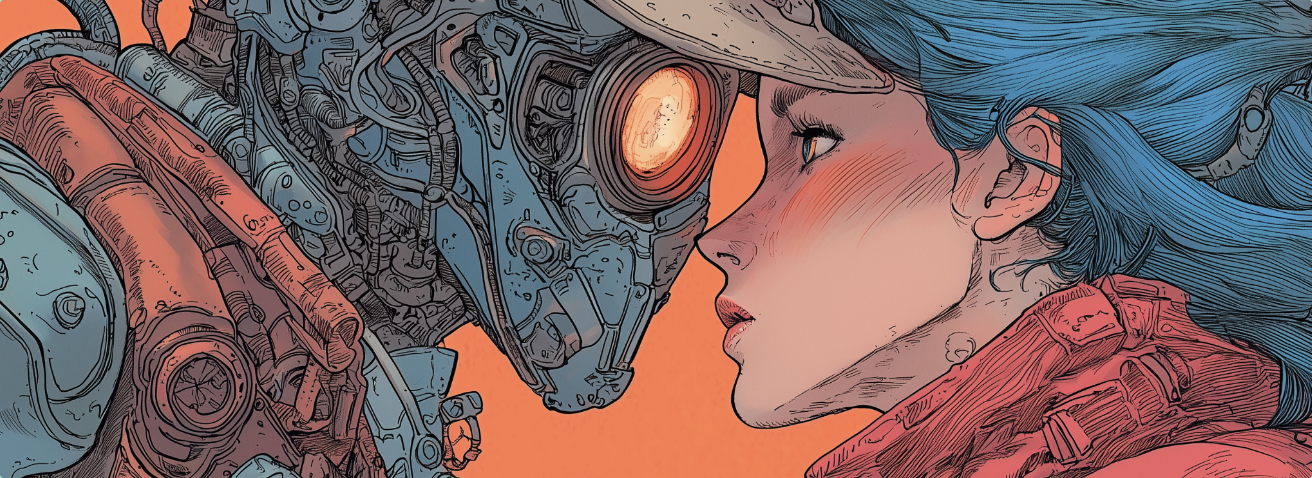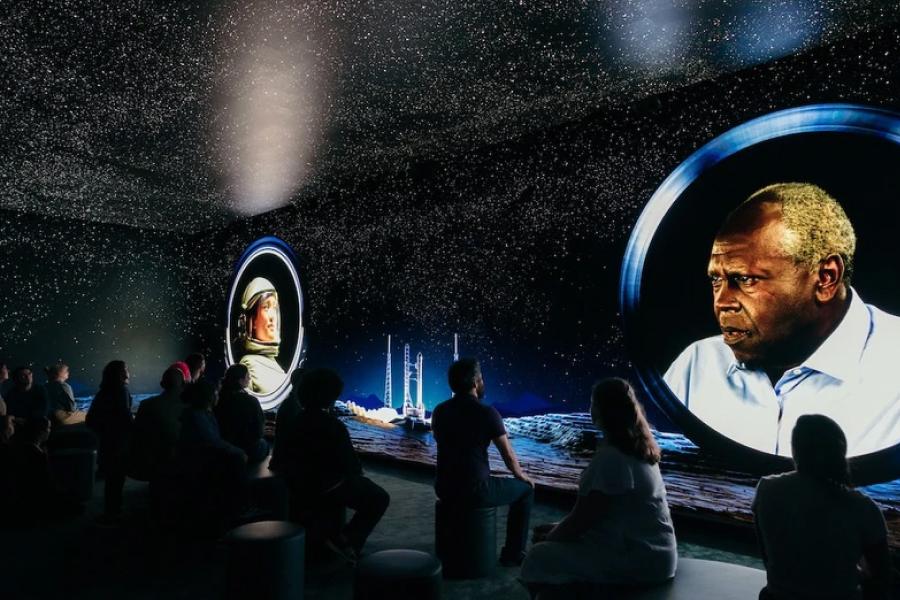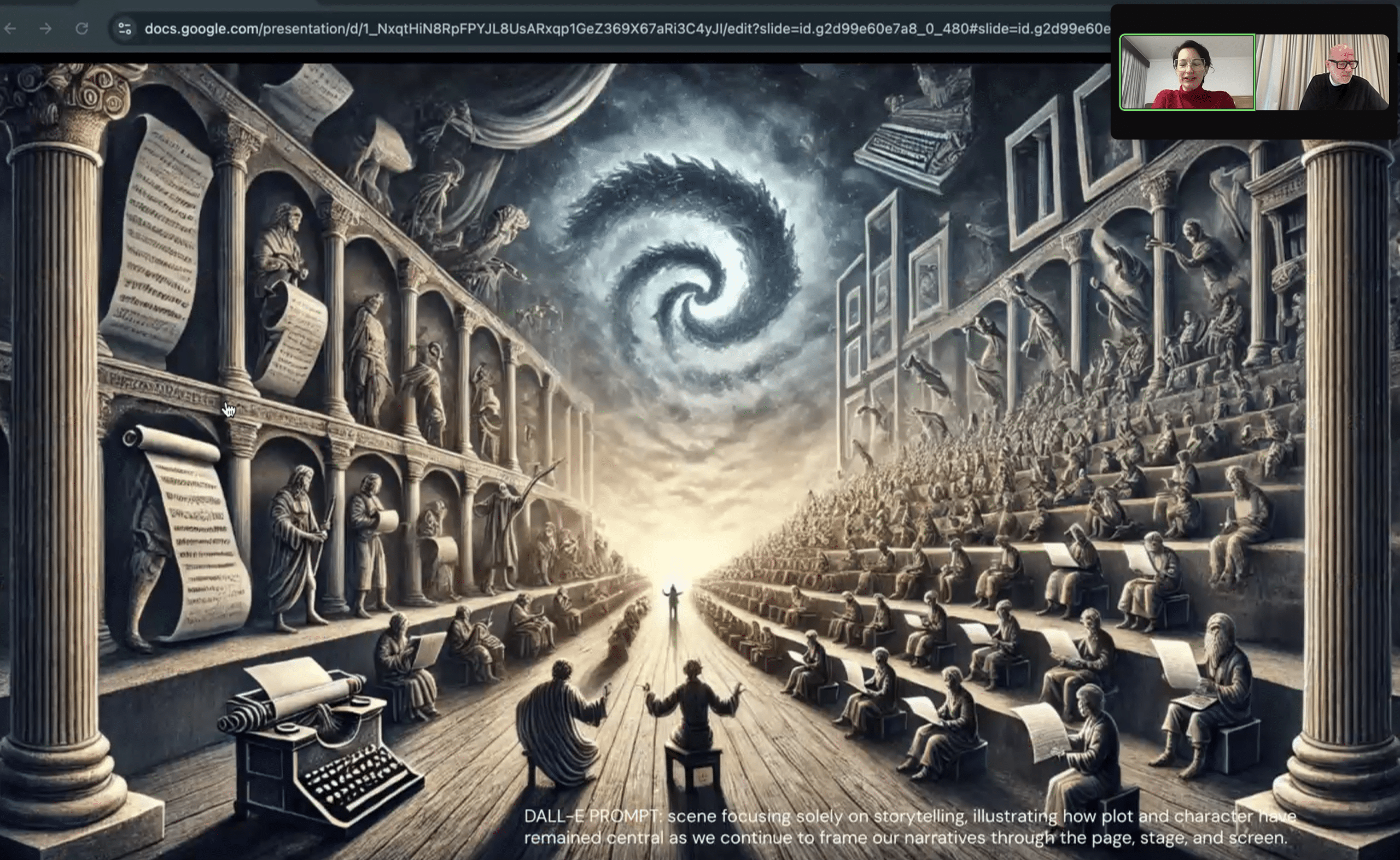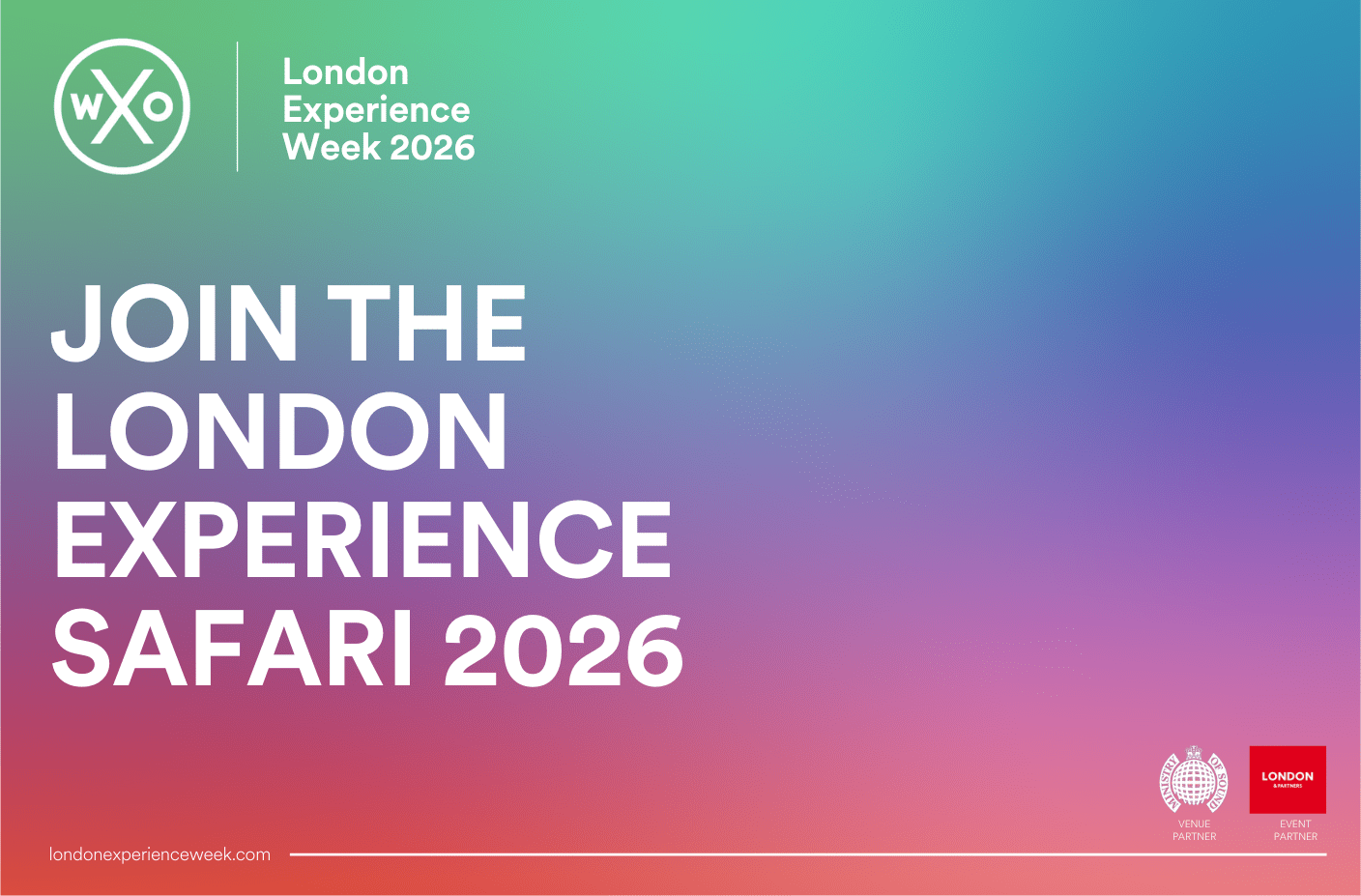Is it possible to squeeze over two decades of experience design knowhow into one simple framework?
Well, Creative Director Sermad Buni has given it his best shot – resulting in the brilliant, comprehensive, and revelatory E.M.O.T.I.O.N.A.L Framework for making experiences.
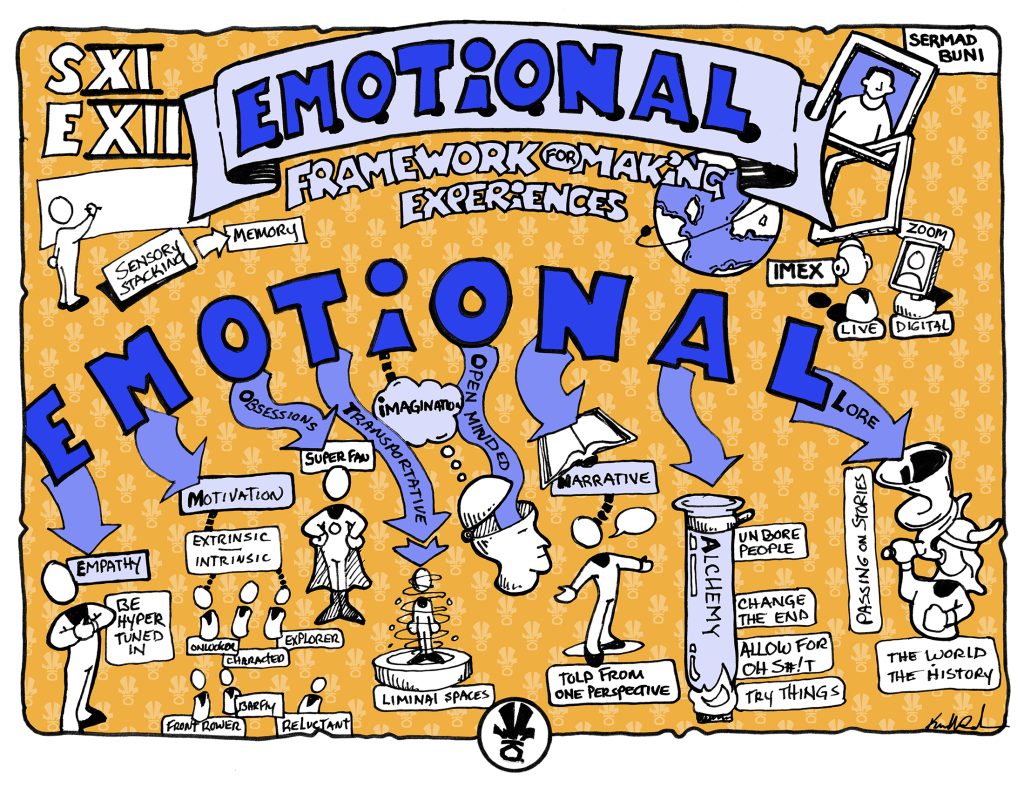
Buni has been making standout experiences for over 20 years, particularly within existing IP and story-driven, themed and ticketed experiences. His recent work includes projects like Icons (The Up House, Polly Pocket House), Squid Game: The Trials, and Bravocon. These experiences are varied in theme, so Buni wondered if there was a way to draw a thread between what makes them work by interrogating the commonalities between creating experiences.
The resulting framework is a jumping off point to think about how we design our own experiences. And as much as we love a “super cute” acronym, we love the focus on emotions even more – as Buni says:
“Emotions are a big part of what we do as experience designers. We’re here to elicit emotions from people and help them live their best lives.” Sermad Buni
Ready to take a whirlwind tour through an experience expert’s hardwon design tips? Buckle up and let’s go…
1. Empathy
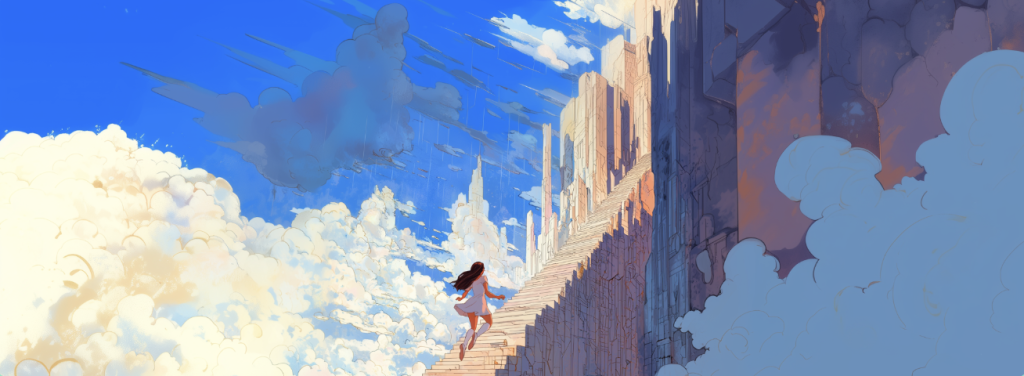
In the context of designing experiences, empathy means being hyper-tuned into what guests want and need, and is pretty much Experience Design 101. When creating an experience, this empathy extends not only to guests but also to anyone involved in the experience, including operators and clients.
Operators will be the people running the experience, so you should consider how that experience will work for them. Clients are the ones paying for it, so you should keep their KPIs and business goals in mind. To do this, walk the experience from these different perspectives. Put yourself in their shoes, and think about how to accommodate everyone. Creating a more accessible experience will make the work better.
At Bravocon, a celebration of programming like the Real Housewives franchise, Buni considered what an audience of glammed up women might want and need from the experience. At the functional end of the scale, it meant over-indexing on ladies bathrooms. On the more creative end, they included foot massage areas to relieve those in high heels, or for hunky men to carry guests around.
“ Guest empathy unlocks creativity – it makes things more interesting and exciting.” Sermad Buni
Buni calls this the “escalations of empathy”: start with the functional needs, and work your way up to those special moments that will truly connect with your guests.
2. Motivations
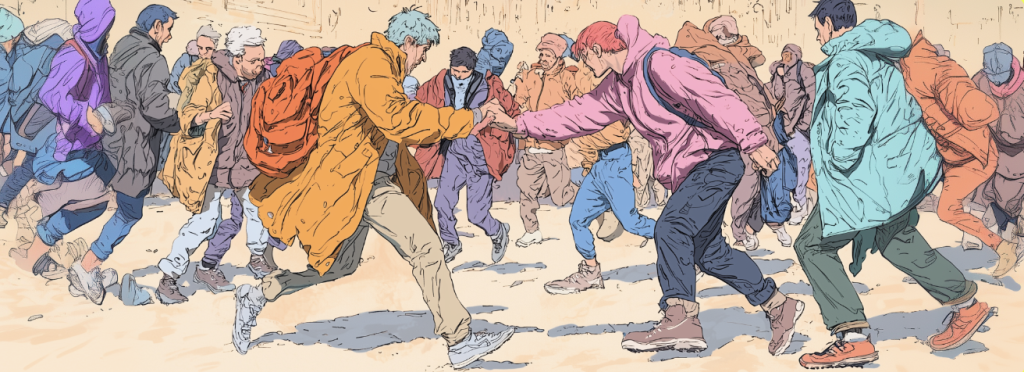
Motivating people is generally really hard! Motivations tend to fall into two categories: extrinsic, using external rewards or punishments like money, and intrinsic, using internal rewards like “the feels”. As experience designers, we generally deal in intrinsic motivations.
But before we ask how we can motivate guests, we first have to ask who they are. Creating guest archetypes can help you build your motivations around them, as the same motivations won’t apply to every guest.
Take Punchdrunk’s Sleep No More, for example – we might divide guests up into archetypes like the Onlooker, who merely wants to watch the action from behind their mask; the Reluctant, who was dragged there by a friend and has no clue what’s happening; the Explorer, who wants to open every drawer and door; the Character, who comes in full costume; or the Barfly, who just wants to hang out at the bar. (For more on this, see How To Design Experiences For Fans & Superfans.)
There are also different ways that we want to motivate people, which might include:
- To buy a ticket
- To tell a friend
- To share on social media
- To get into the experience
- To feel the right emotion at the right time
To check that we’re really doing these things, playtesting is key – especially if you’re doing an experience that takes years to create, as you need to make sure they work before you get to the end. This prototyping and workshopping could involve technology like building a video game version, but it could also be really lo-fi.
For Squid Game: The Trials, a game-based experience, playtesting meant discovering that games they had thought would be fun turned out not to work, while others that they hadn’t had much faith in turned out to be awesome. It may have required effort to get there, but it was worth it.
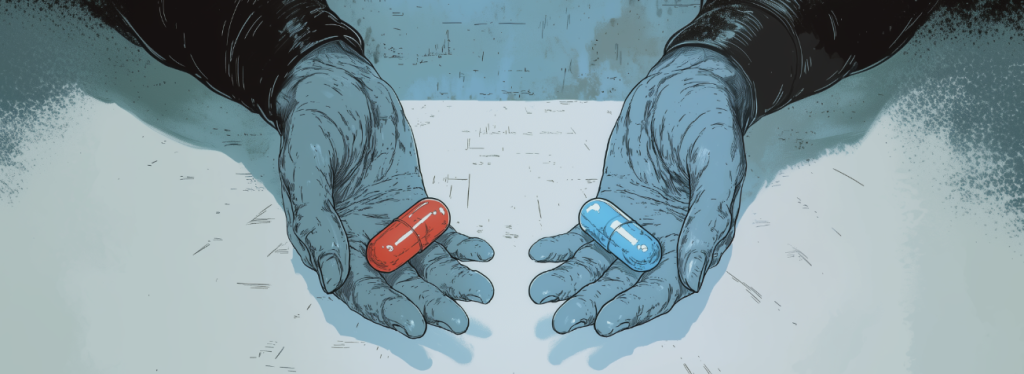
Giving people choice – or the illusion of it – is another great motivator. If you give people too much choice, analysis paralysis arises. But if you give them fewer options, they feel a sense of agency and motivation. Buni calls this “the Sock Principle”: if you’re trying to get a toddler to put on a pair of socks, don’t show them the whole drawer, give them two pairs to choose from! You don’t care which one they choose and the outcome is the same, but the child feels motivated.
In Squid Game: The Trials, in order to maintain an intense atmosphere and keep people engaged, the team created several moments of multiple choice. Some of these were “fakeouts” that didn’t affect the outcome, like asking people to stand on a symbol to divide themselves into groups. Other choices were branching storyline moments with big payouts. Mixing up the two is an effective way to keep people hooked, as per the theory of intermittent variable rewards.
3. Obsessions
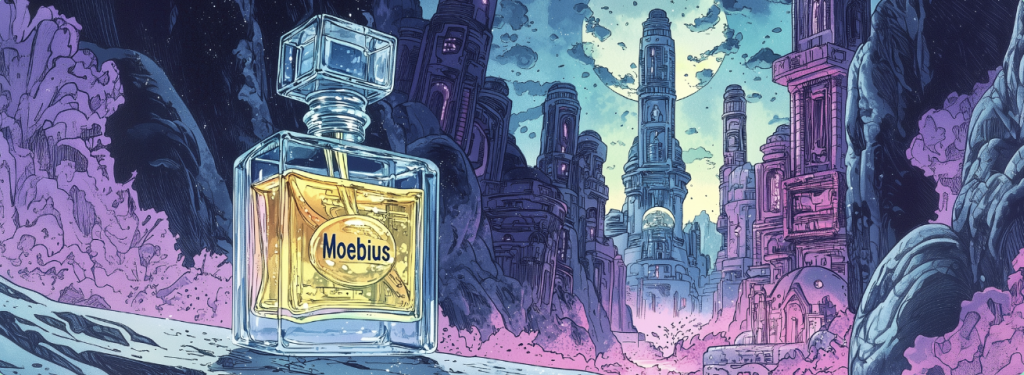
When you’re working on a property, you must become a superfan. Your fans’ obsession must become your obsession: you must become possessed by it, and get to know it as well as they do.
This means going down the rabbit (or Reddit?) hole to find out their conversations and obsessions, and not turning your nose up at it, even if it might not be your thing. Then, show off that you’ve done your due diligence, either by overtly referencing what you’ve learned in the experience or hiding it as Easter Eggs.
When working on the Polly Pocket House and the Up House, this meant recreating rooms from the toys or movie down to every prop and small detail. And when working on the touring bus for the Colombian artist Feid, Buni hired a Colombian rider from the area to help elevate the work on top of doing the research.
“Build your team around the IP, just like in the film industry you’d look to hire the right director for the work.” Sermad Buni
4. Transportative
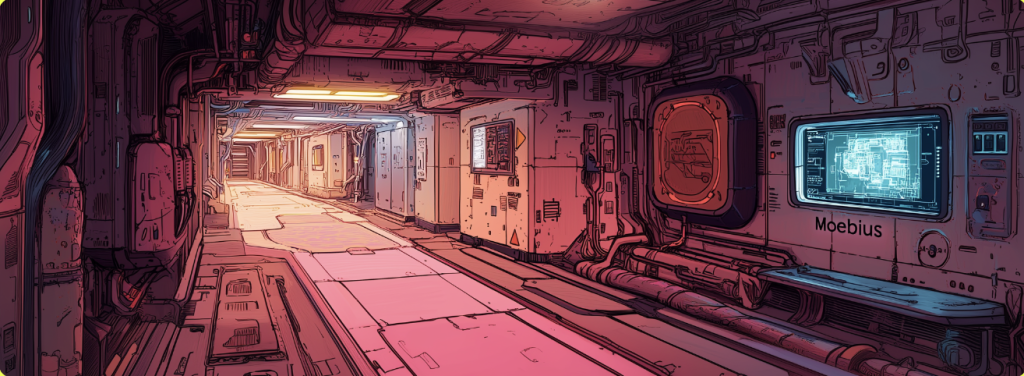
How do you transport someone who’s walked in from the street into the imaginary world of your experience?
Look to liminal spaces: those threshold or in-between spaces, such as hallways and staircases, that feel ambiguous but which we can theme. By building these into your story, you can transport guests into your theme. Disney’s Main Street is a great example of this: it feels both in and out of world. (For more on this, see Experience Palate Cleansers: Designing Liminal Moments.)
Squid Game: The Trials was set in a surreal Korean underworld. To walk straight into this from the Grove in LA where the first experience was staged would feel too jarring, so Buni built a Korean fantasy land as a tribute to the TV show, with a night market that overwhelmed the senses with K-pop music, food and merch. Buni calls this a “hot noise” space, and a palate cleanser before the Games began.
To enter the experience itself, guests were taken into a tight “airlock” through a garage door and submerged in pitch darkness, giving them a moment to settle down before entering the game world. Small, dark spaces also help to ratchet up the intensity, as they are uncomfortable and can cause stress if you hold people there.
Another powerful means of transporting people is through costume that locates them in the world of the experience. In the Squid Game TV show, participants wore a tracksuit. This wasn’t operationally possible for the experience, but custom wristbands with a unique number made people feel part of the same universe and were also useful for tracking their activity. And at the Polly Pocket House, custom outfits that guests could “slip over” their normal clothes like a Polly Pocket were not only transportative, but tons of fun and a great photo opportunity.
Crucially, there’s also sensory transportation: using and mixing as many of the 5, 8, 21 or 33 senses (depending on which model you subscribe to) to bring people into the world of your experience. The olfactory sense is most commonly referenced in transportative memory, and scent technology allows us to create a custom smell signature to trigger senses and emotions. Use “sensory stacking”, whereby the more senses you utilise, the greater chance of a memory being formed.
Consistent theming is also important, as any inconsistency has the power to quickly snap you out of world. At Animal Kingdom, even the trash cans are themed, showing that this can be simple and cheap. Signposting to give people a “fuzzy goal”, or something to be achieved in the distance, is another way to get someone to move through the world you’ve created, something that video games like Elder Ring do so well.
5. Imagination Gaps

You might want to show off every last detail and clever thing in your experience… but don’t! People love puzzles, and will go wild trying to solve them. So hold yourself back, and be intentional about what parts you share. This allows superfans to create debate and “headcanon” around your story – to draw into the margins.
Think of Sleep No More’s legendary secret 6th floor. It’s hard to get into, and it’s not for everyone. This creates dialogue and builds intrigue that’s difficult to resist.
6. Open Mind
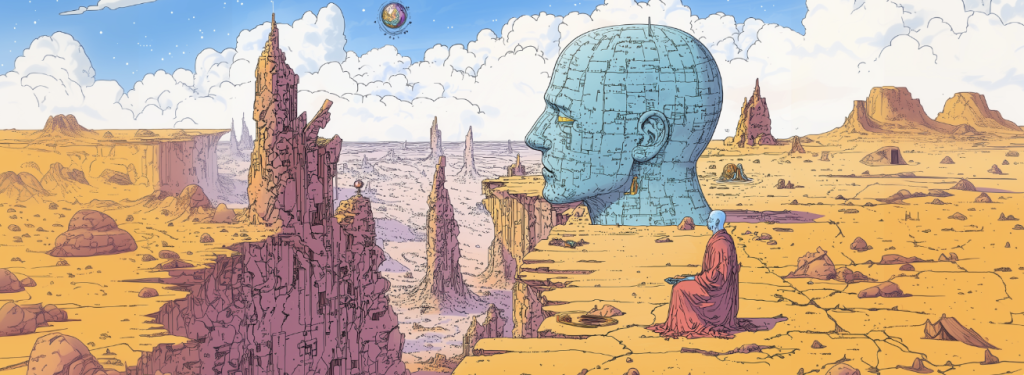
You might have your lane or superpower in what you do, but you should never close your mind to new thinking. Money, time, clients, venues, global pandemics, news, production goals, and more will change your experience.
Instead, learn to build the plane while flying it. You are probably doing things never done before” celebrate that you are on the edge of something great, learn while doing, and don’t be rigid.
7. Narrative
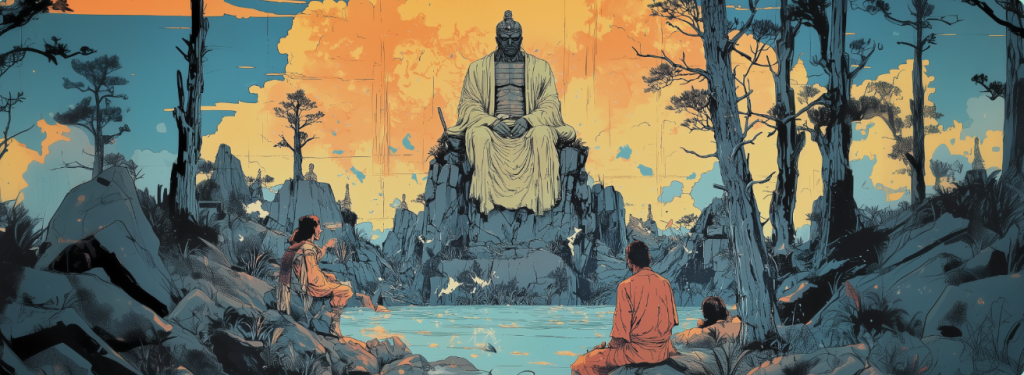
A narrative is a story told from one perspective. Your experience has a voice… so use it! Write it as a character – are you benevolent or unkind? How would your experience greet you, or say goodbye?
Squid Game: The Trials was written from the point of view of the Frontman, the omnipresent, playful and deadly host. The team brought this tone alive through on screen content and a live actor. In the Polly Pocket House, meanwhile, the narrative was of a fun 90s sleepover that gave guests permission to play and more importantly, to write their own narrative. What will they share? What will they tell their friends? What parts of the experience will result in shared memories, and which parts will be just for them?
8. Alchemy
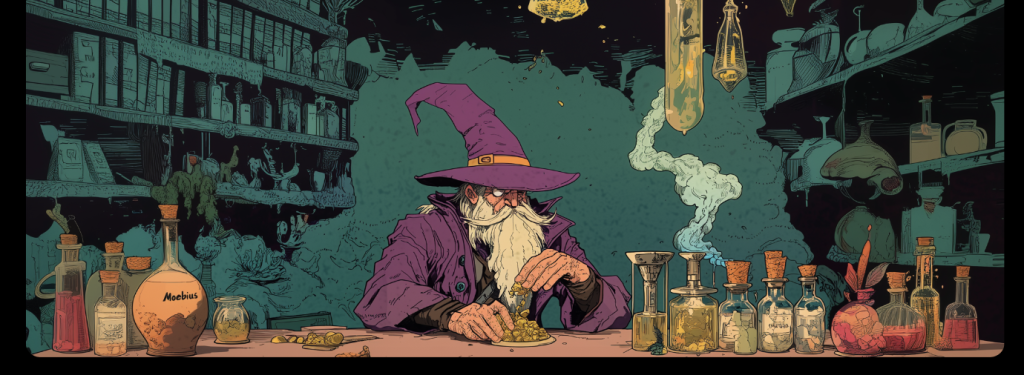
How do you turn lead into gold? You can’t design the impossible – but you can design for it to happen by giving performers and guests permission and stages for permissive play. At Bravocon, for example, talent like Real Housewives host Andy Cohen were sent into the crowd outside, and people lost their minds with excitement.
You should also allow for what Buni calls “oh, shit!” moments where you mix up the rules of the game. In Squid Game: The Trials, the team changed the rules of the game at the end to change up the pace and motivate people – designing to have unfair moments of fairness.
9. Lore
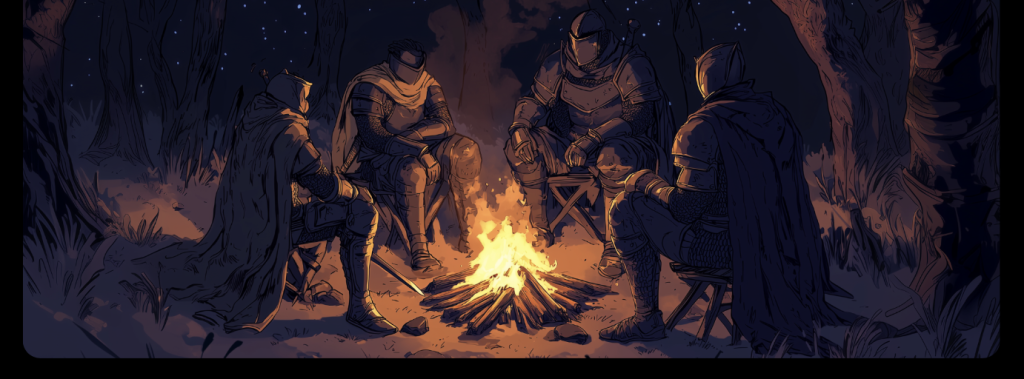
Humans have a deep history of sitting around a campfire, passing knowledge and stories. Lore has been big in fantasy literature for a long time, and is now a part of pop culture.
To create lore, you first need to create a world and why it came to pass, using elements like a map, language, characters and items to build your backstory. In the game Dark Souls, for example, most of the story was told through items and objects in a way that made the world feel lived in and really rewarding to move through.
The WXO Take-Out
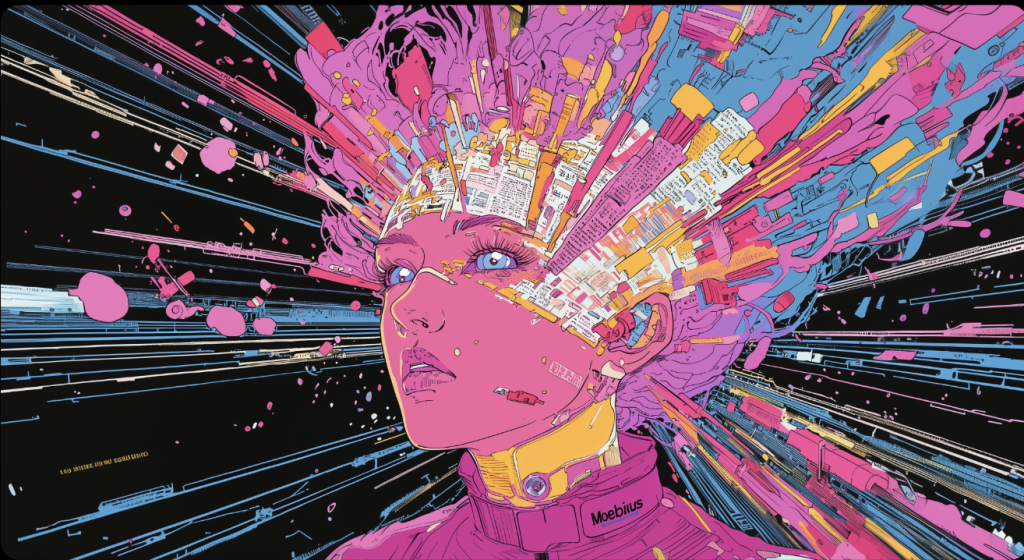
At the WXO, we definitely think there are processes and frameworks that can be transferred between experiences and sectors.
Buni’s E.M.O.T.I.O.N.A.L Framework is a killer rendering of so many of the topics that come up across our Campfires and in the community, from sensory design to liminal spaces to worldbuilding.
So next time you’re designing an experience, ask yourself:
- Which parts of the E.M.O.T.I.O.N.A.L framework might you apply to what you are creating?
- Who are your guest archetypes?
- What does your illusion of choice look like?
- How do you use liminal spaces to transport people?
Want to come to live Campfires and join fellow expert experience creators from 39+ different countries as we lead the Experience Revolution forward? Find out how to join us here.

